Candy & Education
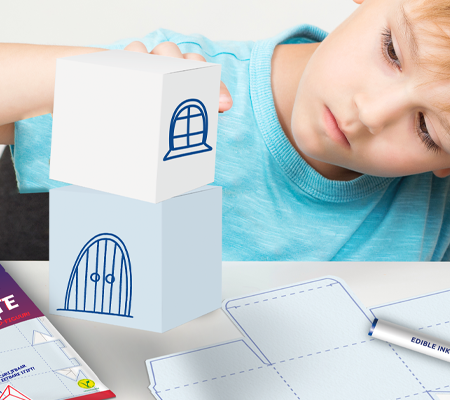
Candy & Education
Edible paper revisited: candy that incites creativity
In a time in which consumers are more conscious about their daily sugar intake, a couple of bright students decided to reconsider the introduction of edible paper as candy. The students did this with an educational purpose.

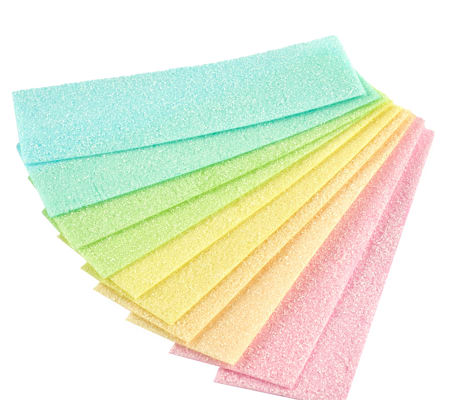
A sugar-free choice
Researching edible paper as a treat
Today, edible paper can be found on candy shelves in larger supermarkets or in convenience stores. Primus Wafer Paper is always keen on developing new applications of wafer paper.
Concept development
Seven students of Hogeschool Inholland and Wellant College came to their aid. They set out to examine the opportunities of a new candy made from wafer paper. They mapped the current supply and manufacturers and researched the attitude of potential customers and retailers. These insights were then used to develop three concepts and they tested which of these concepts has the most potential. Focus groups, surveys and interviews were used to research the attitude of children, their parents and retailers towards edible paper.
A sugar-free choice
One of the findings was that edible paper is seen as an old-fashioned product. Both store managers and parents perceive edible paper in this way. In particular store managers state that rebranding is necessary.
Innovations on our candy shelves focus on offering a healthier alternative with less sugar.
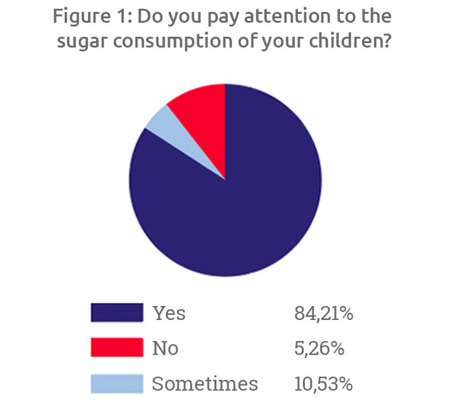
Comeback of edible paper
To see if a comeback of edible paper can be successful there was held a survey among parents. They want to limit the daily sugar intake of their kids and view edible paper as a sugarless alternative to regular candy (see figure 1).
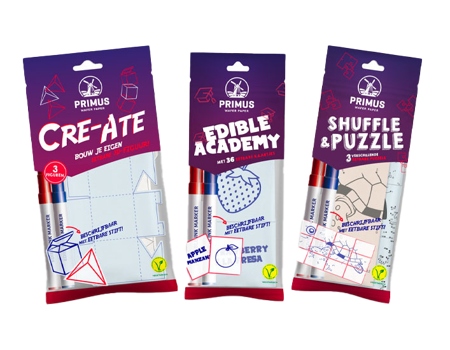
Play with your food
Taste and concept are key according to children, the main consumers of edible paper. Twenty children between nine and fourteen years old were asked to taste and judge. The focus groups showed a preference for a creative and active way of consuming edible paper. Taste, a recognizable brand and attractive package design proved to be the important factors for the choice of a product. This fits the wishes of their parents, who value healthy, creative or educational concepts. Based on these learnings, a new wafer paper candy should incite the desire to play with your food.
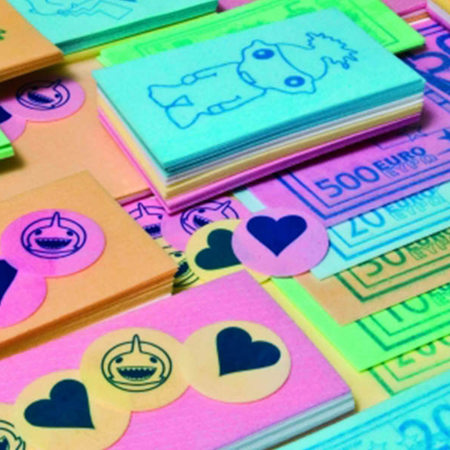
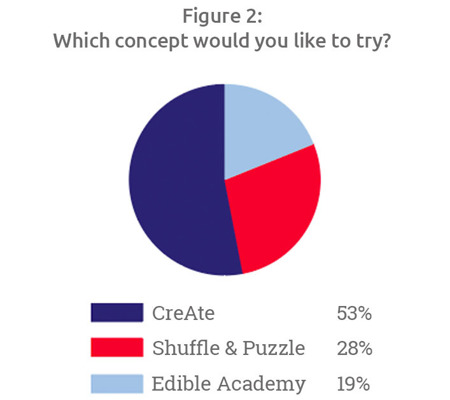
Exploring new concepts
The second part of the study consisted of the development and testing of three new candy concepts:
- Cre-Ate: This concept allows children to express their creativity by folding edible paper into 3D buildings, such as castles or houses. When finished, they can eat their own creations.
- Edible Academy: This concept encourages learning while enjoying edible paper. By combining the right words and images, children can learn a new language and satisfy their appetite at the same time. Half of the wafer paper contains a drawing of a fruit, animal or instrument, the other half contains the corresponding words.
- Shuffle & Puzzle: This concept is a combination of a puzzle and ‘connect the dots’. The numbered dots can be connected using the edible marker in the package. The pieces of the puzzle must be rearranged. However, after putting the pieces in the right place, the illustration won’t be complete yet as there are lines missing.
After a survey among seventy children, Cre-Ate came out as the most popular concept (see figure 2). Shuffle & Puzzle came in second place, followed by Edible Academy. This confirms the notion that children enjoy a creative and active way of consuming. Children liked the idea of building 3D structures with the wafer paper and wanted to try it in real life.
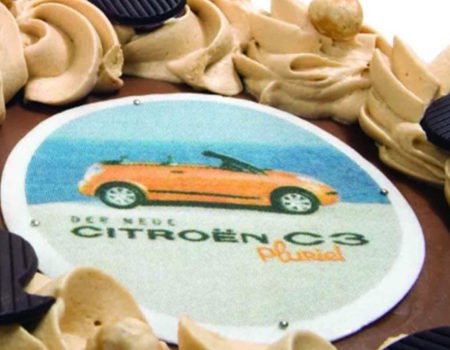
What’s next?
New products can be tasty and fun to eat. The study shows there are plenty of possibilities for new wafer paper candy, they offer a sugarless alternative to candy. Questions about this case study can be directed to info@primuswaferpaper.com.